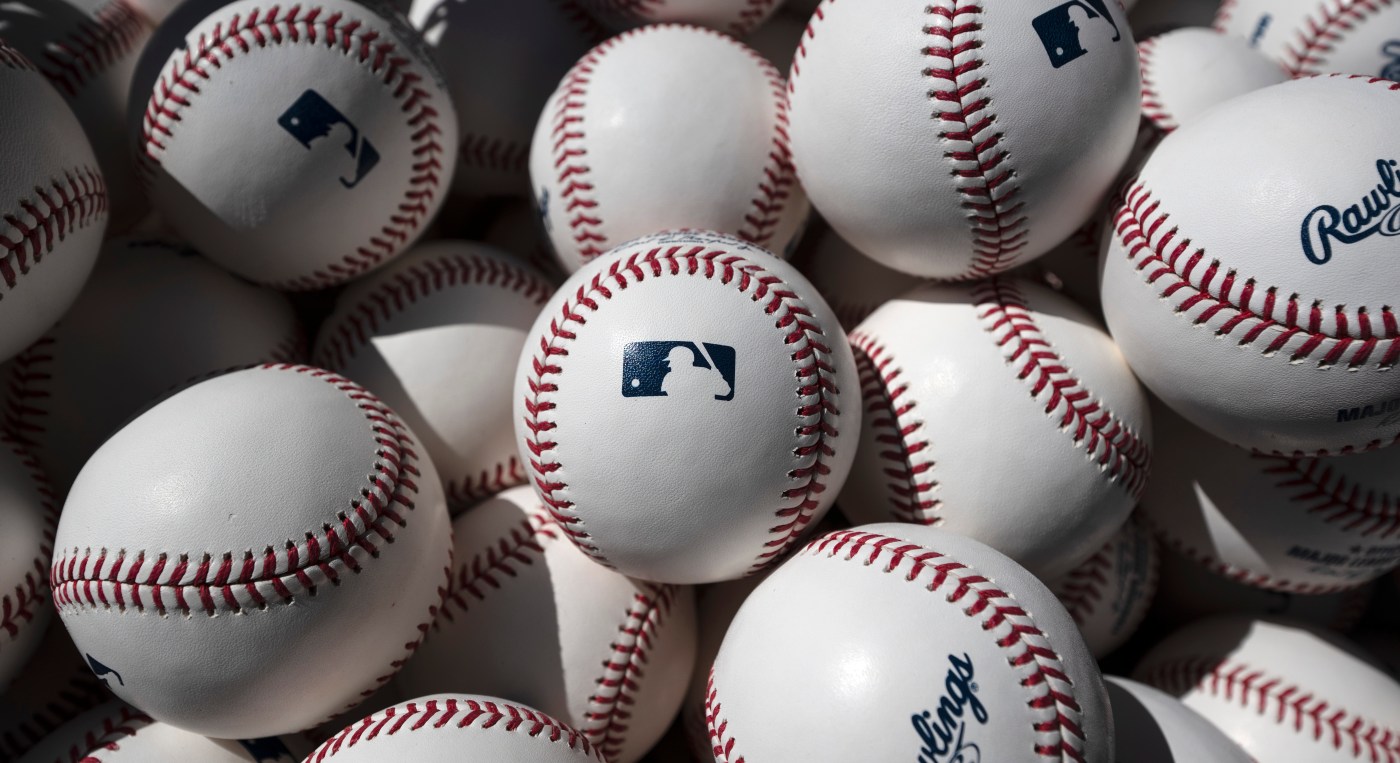
Adam Minter: The cost of youth baseball rises and rises — and prices many kids out
This month, 21 current and former Major League Baseball players invested their own money in youth baseball. If that sounds like a feel-good story in which baseball’s past paves the way for baseball’s future, think again.
The MLB team invested in Perfect Game, a company that holds pricey tournaments and prospect showcases for college and professional scouts. But those events aren’t for everyone. For example, at a recent weekend tournament for Houston-area 8-year-olds, the company charged a $750 entry fee.
Can’t pay? Find somewhere else to play. And good luck with that because free or cheaper options across the country, such as Little League, have been reporting shrinkage for years. Pay-to-play models have replaced them.
The new way of doing things is good for operators, investors and families who can afford them. However, a large group of kids come from households with budgets that can’t accommodate the hefty prices or just want to play for fun.
The exclusion undermines the social and health benefits that youth sports have long offered.
There’s a lot to lose. Kids who are physically active have lower rates of obesity, better mental health and improved academic performance.
For decades, youth baseball served as a community-based initiative that helped kids achieve those goals. Children played for free in neighborhood sandlots and backyards. If they wanted a more organized experience, their families paid fees that ranged from $0 (or whatever they could afford) to $300 to join a local Little League chapter staffed by volunteer coaches (oftentimes parents). Later, if an athlete had promise and interest, a high school team might beckon.
So long as a child and family had the time, baseball was accessible.
Not anymore — and it’s not just baseball. According to a 2022 survey by Project Play and Utah State University, families pay an average of $883 per season for one child’s primary sport.
Higher costs are driven, in part, by the rise of privately run club and travel teams with more professional coaching. The New England Baseball Journal recently estimated that the average cost of travel baseball for kids between 8th and 12th grade in the Northeast is “north of $5,000 per year.” That’s not including travel costs. Between 2021 and 2022, the share of youths playing in travel sports doubled to 29%.
Participants have their reasons. Unlike Little League, which welcomes anyone, club and travel teams tend to require tryouts to secure better athletes and competition.
For parents (and their kids) dreaming of college scholarships and the pros, the expense is worth it — assuming they can afford it.
Often, paying to join an actual team is just the start.
Using Perfect Game as an example: For those who want to spend more on preparation before they showcase their talents, there is no shortage of private coaching and video analysis available. Aspen Institute data from 2022 shows that parents who make over $150,000 spent 83% more on sports travel than parents earning under $50,000.
That gap in spending doesn’t only affect who gets the best coaching and competition. Along with Little League and other community-based baseball dwindling, the domination of pay-to-play youth sports also lowers opportunities for kids of different backgrounds to develop friendships. That consequence goes hand-in-hand with another one: exacerbation of long-standing health and achievement inequities.
For example, physical inactivity is strongly correlated with low income levels. Due in large part to the widening racial wealth gap that limits discretionary spending, Black children play sports at lower rates than white kids. (It’s a problem made worse by long-standing issues with access to parks and other recreational facilities in urban neighborhoods.)
Ultimately that disparity shows up, among other places, in baseball at the college and professional level. The Racial and Gender Report Card study by the Institute for Diversity and Ethics in Sport at Central Florida found that in 2023, African Americans represented just 6.2% of Major League Baseball’s opening-day rosters. It was the lowest level since the study was first done in 1991, when Black players represented 18% of the rosters. If more Black kids played baseball, those numbers would certainly be higher. The drop correlates with the decline of high rates of Black youth participation in baseball in areas such as Oakland, California. A 2021 KTVU FOX 2 news report noted that in the ’80s and ’90s, the Oakland Babe Ruth League had 1,200 players, and 92% were Black. Nowadays, there are about 250 children, and 40% are Black.
Major League Baseball acknowledges the problem and has committed millions to providing access to higher-level scouts and coaching to Black children. Likewise, Perfect Game has a foundation to provide access to its elite events to underserved communities. Both programs are admirable. But they fail to provide the free-to-play community-based baseball that engages kids who don’t aspire to the Big Leagues.
Private equity can help. For example, the baseball side of Unrivaled, a holding company for youth sports businesses purchased by investors Josh Harris and David Blitzer, has hosted community-based championships for free.
Still, that’s a small part of what’s necessary to make up for the shift to pay-to-play sports. What Unrivaled gets right — the need for community-based baseball and other sports — will ultimately require funding commitments from traditional sources. Think of schools, parks and recreation departments and other levels of government that see value in health and active communities.
Pay-to-play has a role in youth sports, but it’s an unforced error to let it become the dominant player.
Adam Minter is a Bloomberg Opinion columnist covering the business of sports. He is the author, most recently, of “Secondhand: Travels in the New Global Garage Sale.”
Related Articles
Lisa Jarvis: You’re not imagining it. Your allergies are getting worse
Mark Gongloff: Wildfire smoke is coming for the U.S. again. We’re not ready.
Rebecca Haw Allensworth: You don’t need to own an iPhone for the government lawsuit against Apple to benefit you
Noah Feldman: Jan. 6 case will test the Supreme Court’s ‘textualist’ hypocrisy
Pamela Paul: At Columbia University, the grown-ups in the room take a stand

